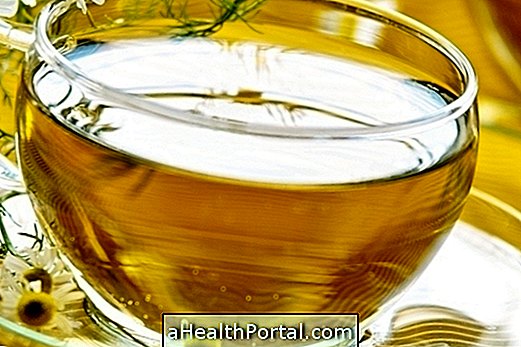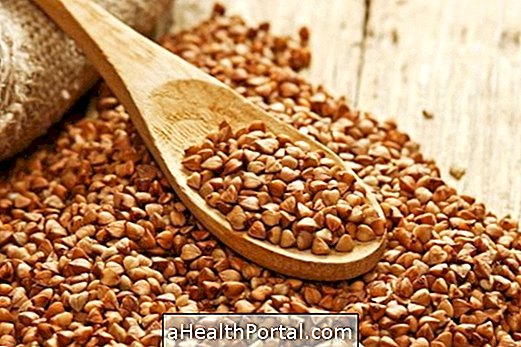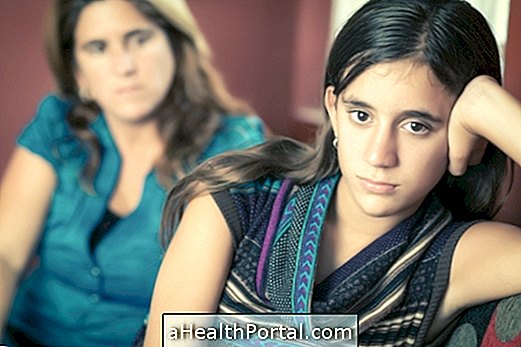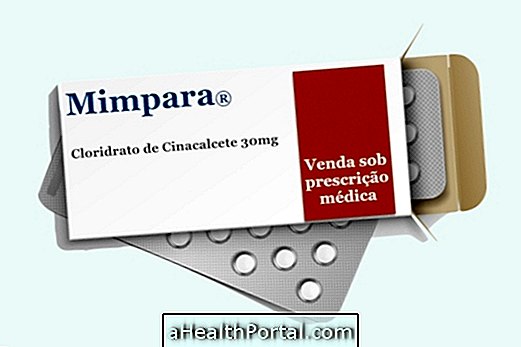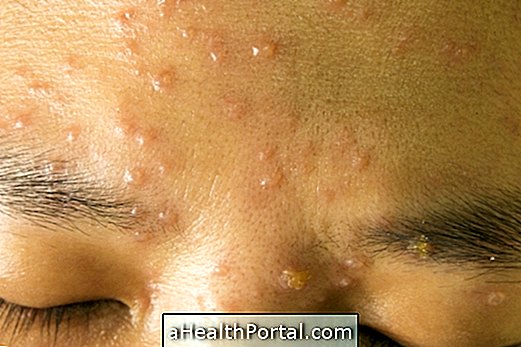Ichthyosis is a genetic skin disease, also known as fish scaling disease or Ichthyosis vulgaris, which is characterized by intense dryness and scaling of the skin, especially in the trunk, legs and feet.
Generally, ichthyosis is congenital, passing from parents to children, however, it is possible that the disease arises only in adulthood due to other problems, such as sarcoidosis, renal failure or hypothyroidism, and is called acquired ichthyosis.
Ichthyosis has no cure but can be controlled with the use of moisturizing creams and other care that prevents skin dryness, such as using a neutral pH soap.
Ichthyosis photos
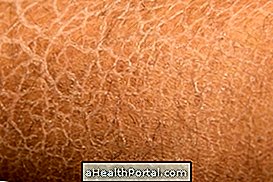

Types of ichthyosis
The major types of ichthyosis include:
- Ichthyosis harlequin: is the most severe type of ichthyosis characterized by intense dryness that can stretch the skin and turn the lips and eyelids inside out. Normally, babies with this type of ichthyosis should be admitted to the ICU soon after birth;
- Ichthyosis vulgaris: is the most common and mild type of ichthyosis that causes the appearance of dry, thick, scaly skin up to 5 years of age;
- Ichthyosis lamellar: usually the baby is born with a yellowish layer that scales over time. Throughout life the patient presents skin dryness similar to ichthyosis vulgaris;
- Ichthyosis linked to the X chromosome: it only appears in the boys soon after the birth, causing the appearance of skin with scales in the hands, feet, neck, trunk or butt.
Symptoms of ichthyosis usually occur soon after birth; however, it can take up to 5 years for the child to develop, especially in the case of ichthyosis vulgaris.
How to treat ichthyosis
The treatment for ichthyosis should be guided by a dermatologist and is usually done with hydration and exfoliation of the skin through some care, such as:
- Apply an emollient cream to the skin, such as Bioderma Atoderm or Noreva Xerodiane Plus, in the first 3 minutes after bathing;
- Avoid bathing with very hot water, as this will dry the skin;
- Use soaps with neutral pH to avoid excessive dryness of the skin;
- Comb hair damp to remove the scales from the scalp;
- Apply exfoliating creams with Lanolin or Lactic Acid to remove dry layers of skin.
In addition, in more severe cases, the dermatologist may recommend the use of antibiotic creams or vitamin A remedy to reduce the risk of skin infections and prevent the appearance of scales.
Possible Complications
The major complications of ichthyosis arise due to excessive dryness of the skin and include:
- Infections: the skin can not play the protective role against bacteria, fungi or other microorganisms in an adequate way and, therefore, there is a greater risk of infection;
- Difficulty in breathing: stiffness of the skin can hinder respiratory movements, leading to respiratory distress and even respiratory arrest in the newborn;
- Excessive body temperature increase : due to the increase in skin thickness the body has more difficulty in letting out the heat, and can overheat.
These complications can cause some symptoms such as fever above 38 ° C, excessive tiredness, shortness of breath, confusion or vomiting, for example. In these cases you should go to the emergency room to identify the problem and start the appropriate treatment.
To avoid the complications of ichthyosis it is important to maintain proper treatment and keeping the skin well hydrated by applying emollient creams such as Bioderma Atoderm or Noreva Xerodiane Plus every day after bathing.
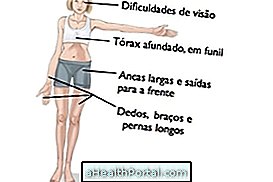

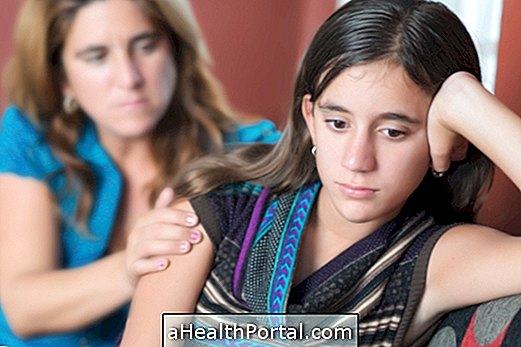
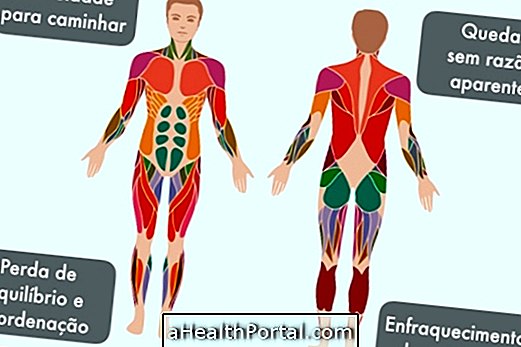

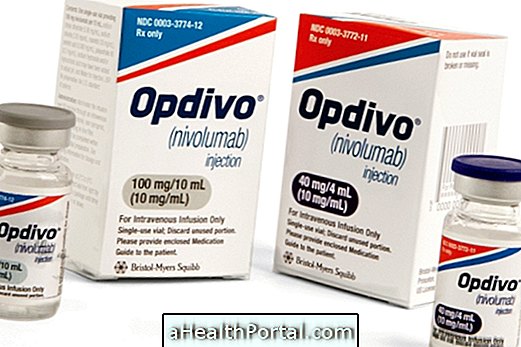
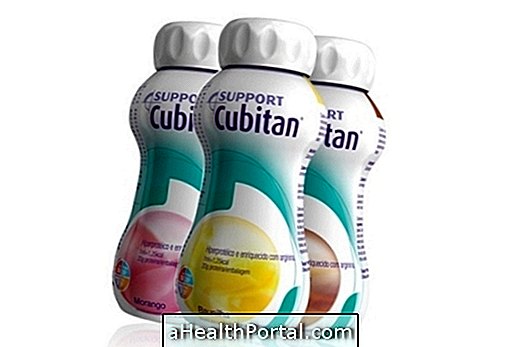

.jpg)


